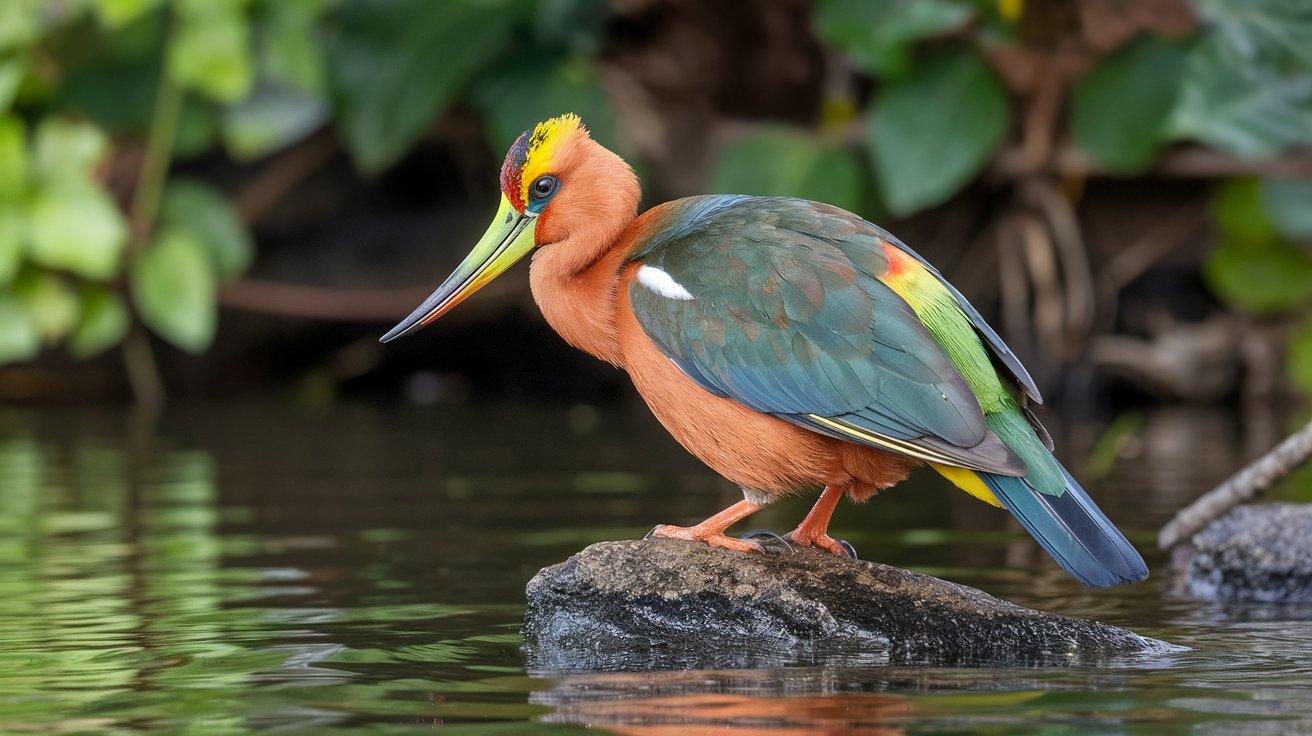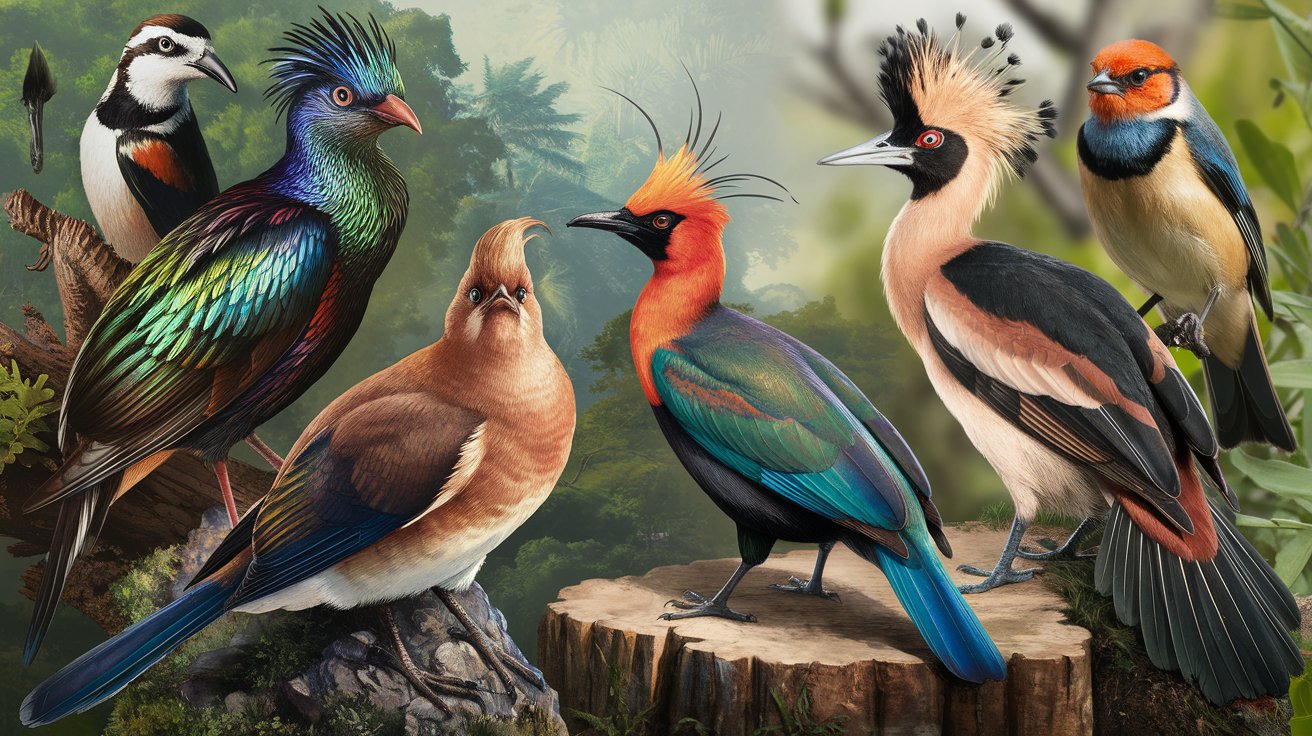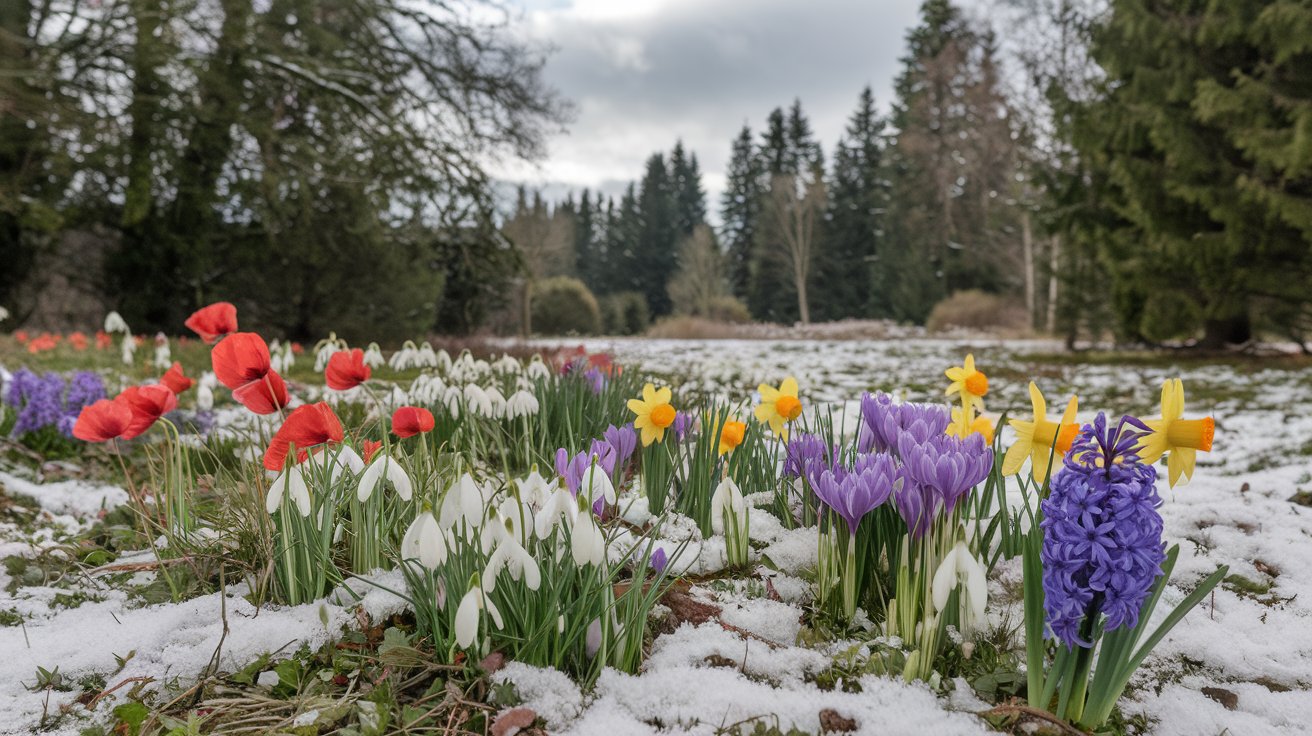Birds are among the most fascinating creatures on Earth, and their diversity showcases nature’s creativity. The “Hancock bird” is one such avian species that has piqued the interest of bird enthusiasts and researchers alike. In this article, we explore everything about the Hancock bird, including its unique traits, habitat, behavior, and importance in the ecosystem.
Introduction to the Hancock Bird
The Hancock bird, often referred to as an emblem of adaptability, is known for its distinct features and versatile survival strategies. While not as widely recognized as some other species, this bird has carved a niche in its environment through its resilience and resourcefulness.
Physical Characteristics of the Hancock Bird
One of the standout features of the Hancock bird is its striking appearance. These birds are medium-sized, with an average wingspan of 30–40 cm, though it varies depending on the subspecies. Their plumage typically consists of earthy tones, allowing them to blend seamlessly into their natural habitat.
- Coloration: Shades of brown, gray, and hints of yellow or green.
- Beak: Short and curved, designed for a diverse diet.
- Eyes: Large and expressive, aiding in excellent vision for foraging.
Natural Habitat and Distribution
The Hancock bird thrives in diverse environments, ranging from dense forests to open grasslands. It is predominantly found in regions with moderate climates, often near water sources such as rivers or wetlands.
- Primary Regions: Subtropical zones and temperate forests.
- Nesting Areas: Prefers trees with dense foliage or rocky outcrops for protection against predators.
Behavior and Social Structure
Hancock birds are known for their social behavior and intricate communication skills. They live in small flocks and display a high degree of cooperation when foraging or protecting their young.
- Diet: Omnivorous, feeding on seeds, insects, and small fruits.
- Communication: A series of melodic chirps and whistles, used to signal danger or attract mates.
- Mating Rituals: Elaborate dances and the exchange of food items are common during courtship.
Role in the Ecosystem
As both predators and prey, Hancock birds play a crucial role in maintaining the balance of their ecosystems.
- Seed Dispersal: By consuming fruits and excreting seeds, they help in forest regeneration.
- Pest Control: Feeding on insects helps regulate pest populations.
- Indicators of Environmental Health: Their presence often signals a well-balanced habitat.
Conservation Status
Although the Hancock bird is not currently listed as endangered, it faces threats from habitat destruction, climate change, and pollution. Conservation efforts are vital to ensure this species continues to thrive in its natural habitat.
- Threats: Deforestation, urbanization, and pesticide use.
- Conservation Measures: Initiatives like habitat restoration and legal protections for nesting grounds.
Interesting Facts About the Hancock Bird
- Hancock birds can mimic sounds, including human speech in some cases.
- Their nests are meticulously crafted using twigs, leaves, and even human-made materials like wires.
- They exhibit migratory behavior, traveling long distances to find food and better climates.
Conclusion
The Hancock bird stands as a testament to nature’s resilience and adaptability. Understanding and protecting this species is not just about preserving biodiversity but also about maintaining the delicate balance of our ecosystems. Whether you’re a birdwatcher or a conservationist, appreciating the Hancock bird’s role in nature is an essential step toward fostering a sustainable relationship with our environment.





